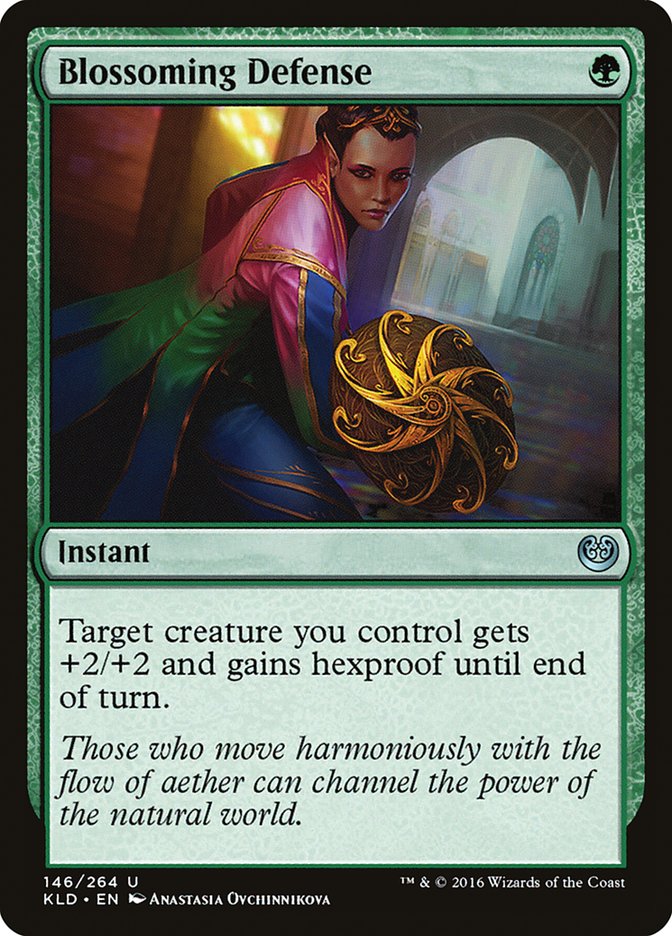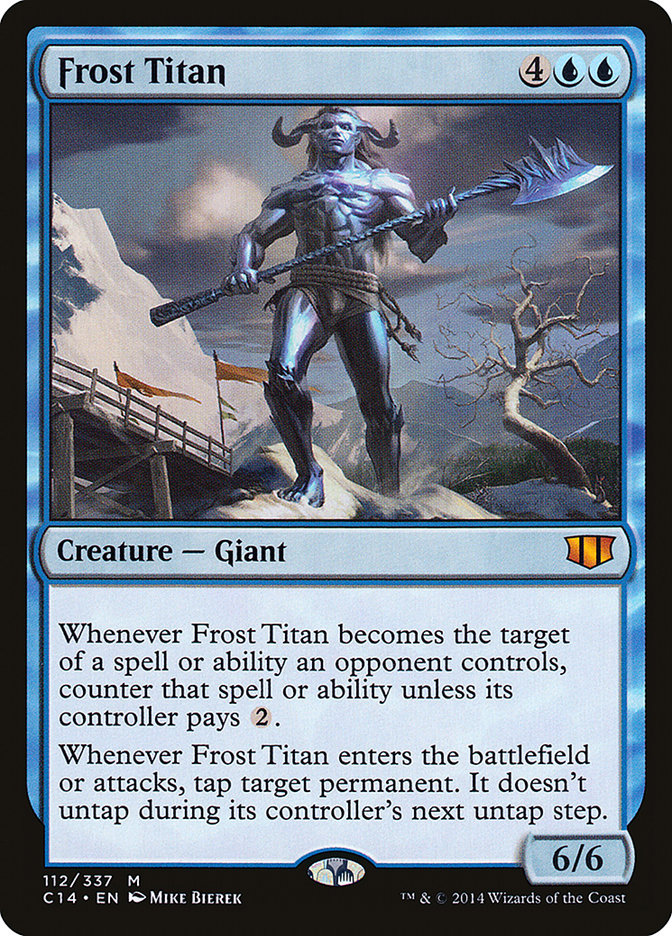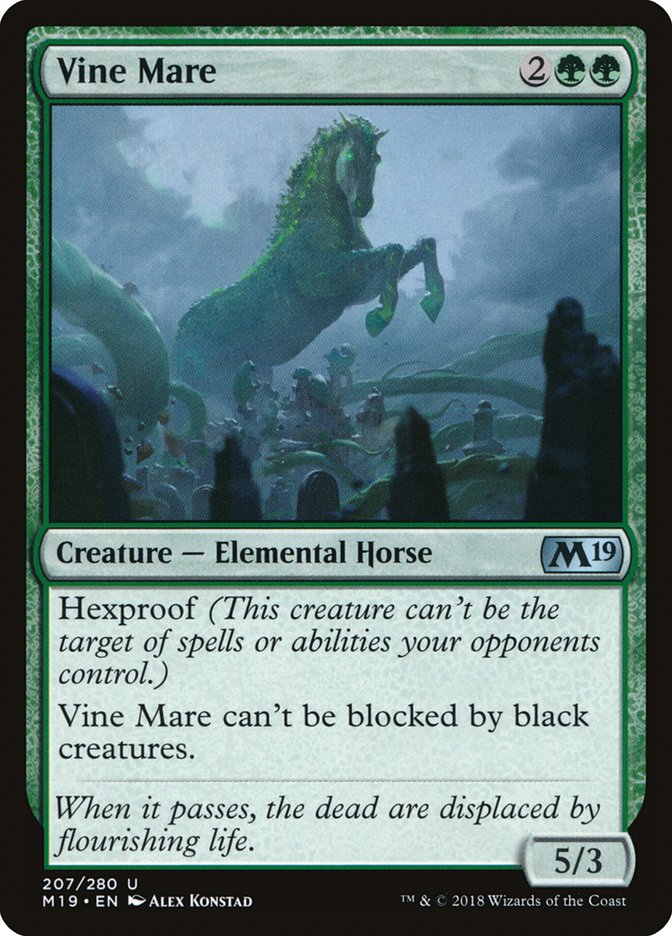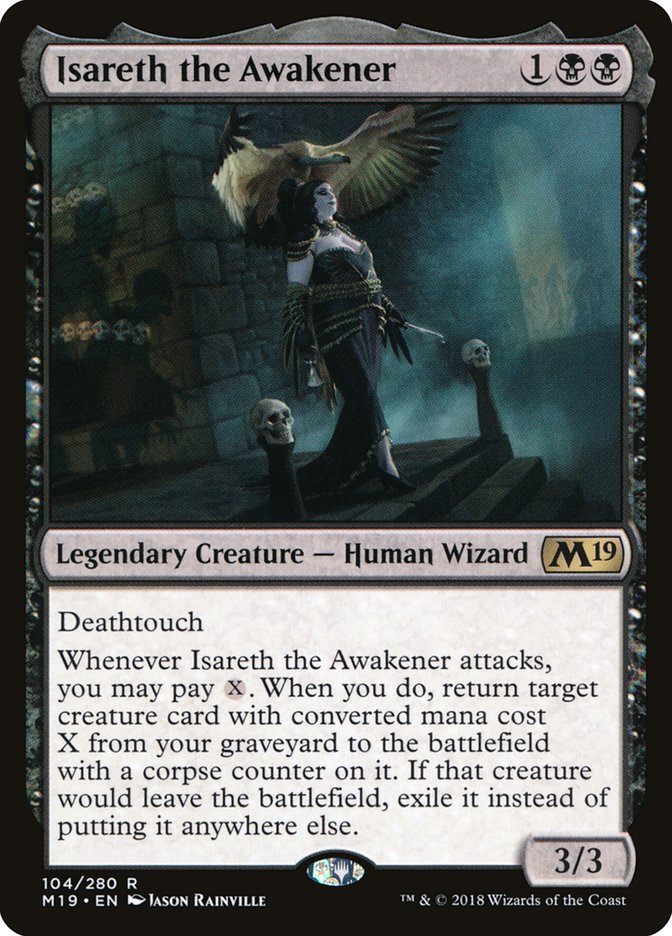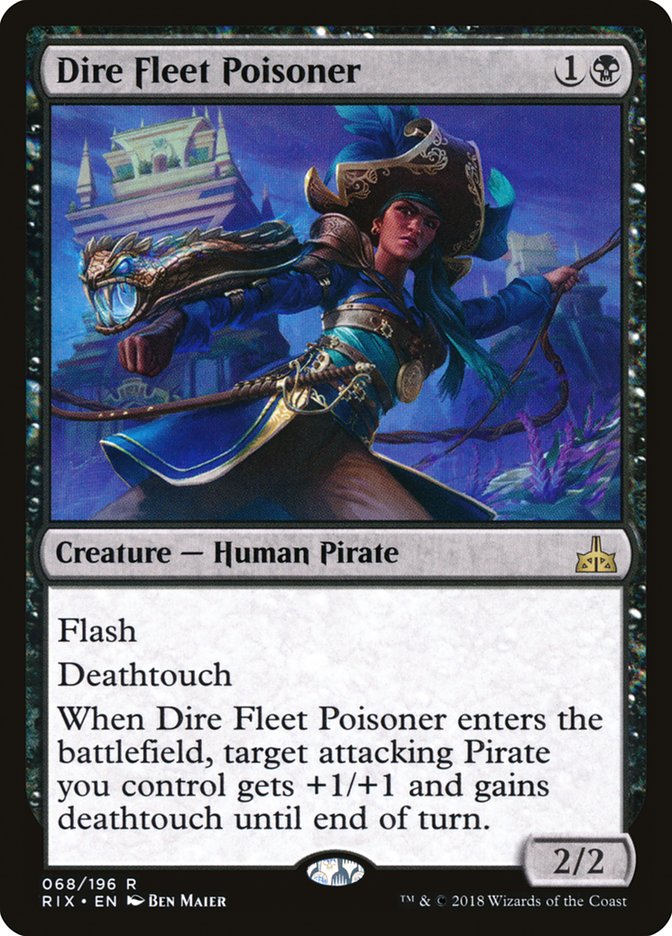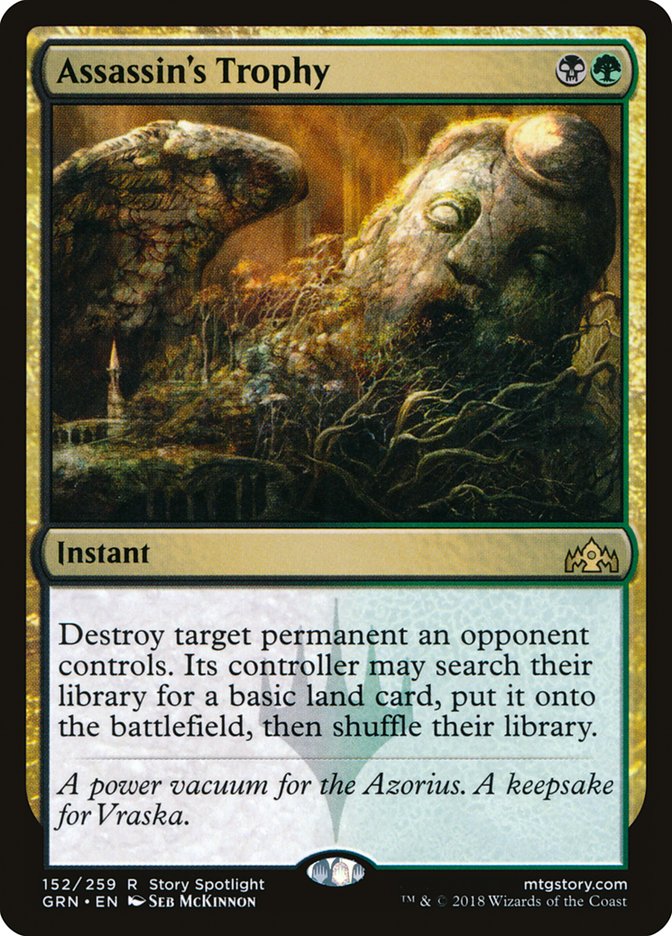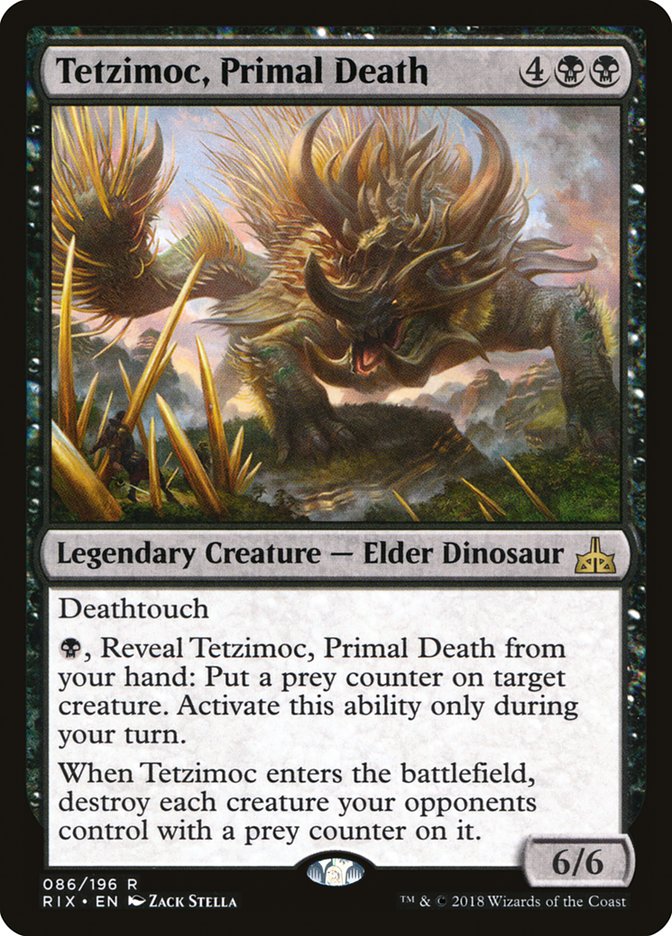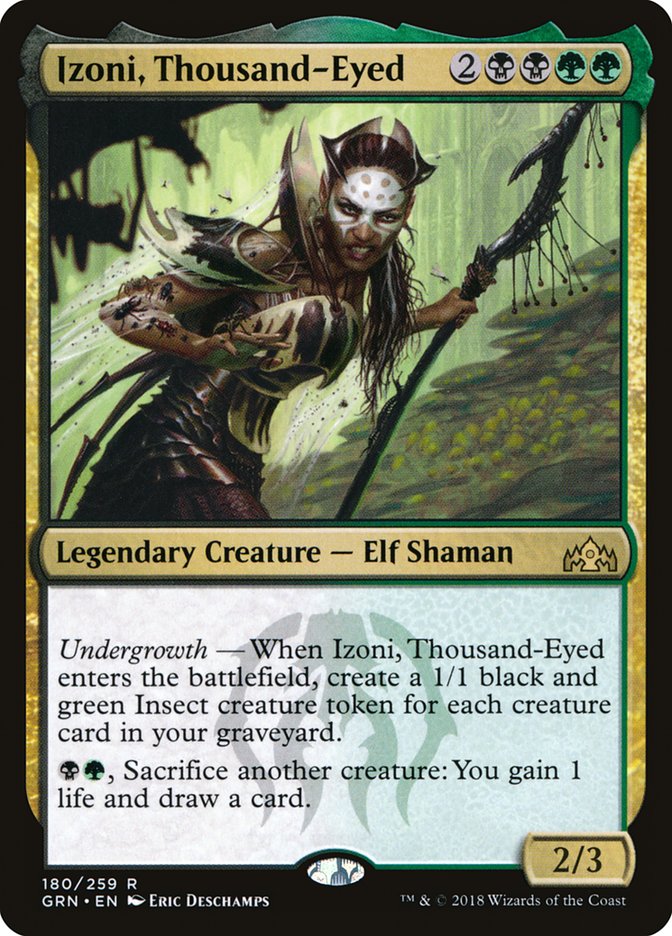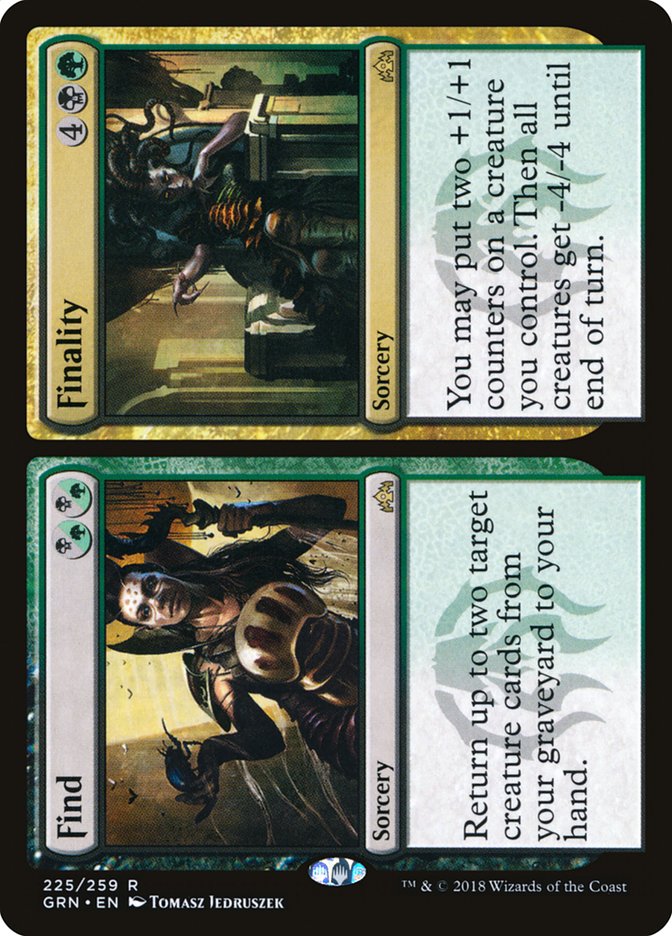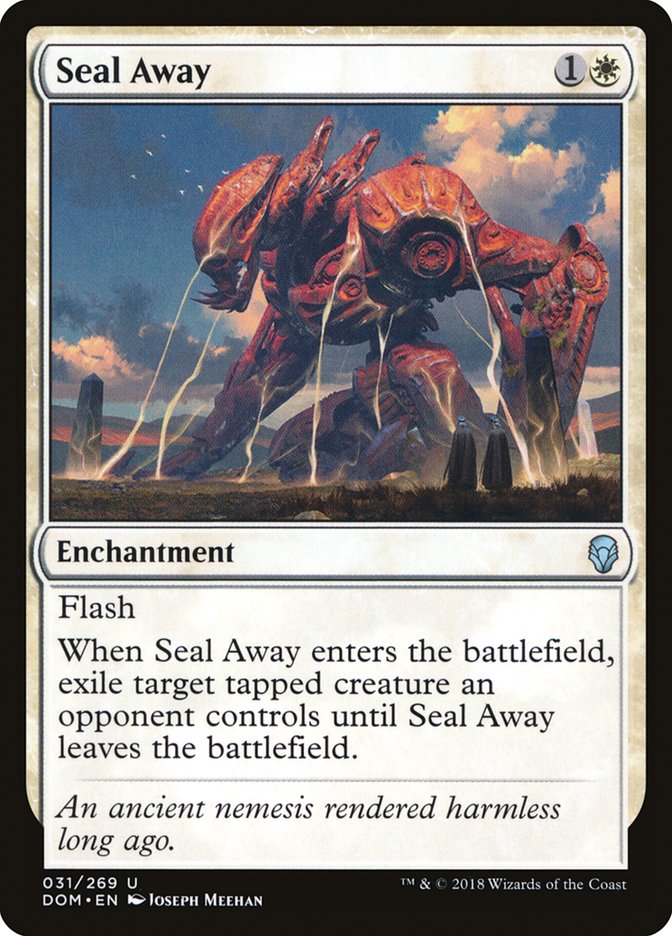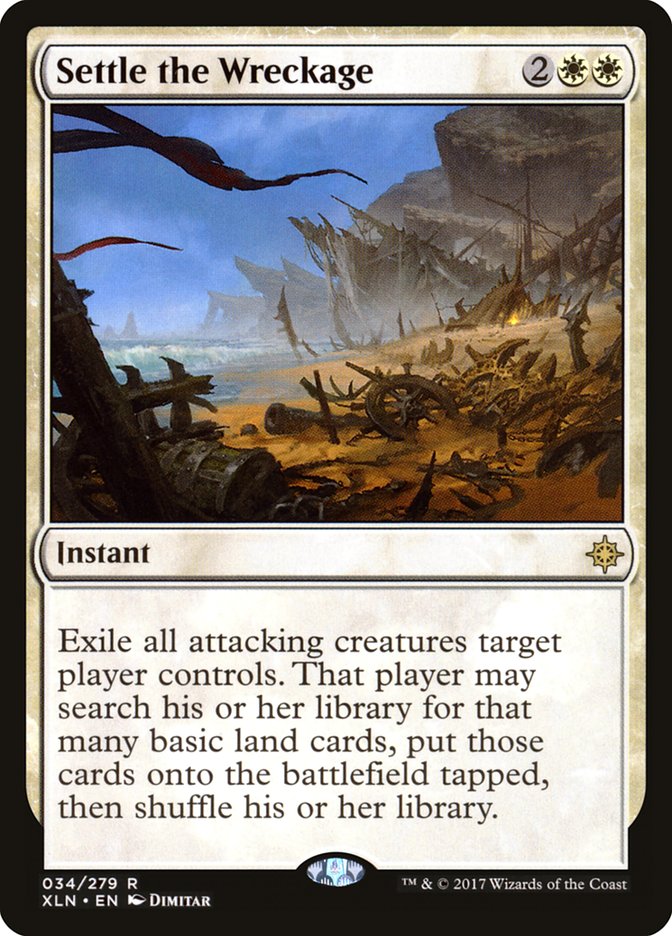Just after I first read Nullhide Ferox, I saw Ari Lax’s first take:
Can’t wait for the next chapter of this text box to be
released! pic.twitter.com/TauEpJSycw—
Ari Lax (@armlx) September
11, 2018
And he’s not wrong, there’s a lot to process here. Honestly, my first time
reading it really did feel like reading a short story:
“Oh no, a 6/6 hexproof for only four mana? This could lead to some dumb
games…”
“Oh, okay, I get it, so your deck can’t be very good because you have to
play all creatures, and you can’t pump it up with enchantments or combat
tricks. I guess this could be interesting if there are enough creatures
with text that you can actually play an interactive all creature deck.”
“Oooh, okay, so it doesn’t really have hexproof, and it just makes your
stuff more expensive…”
“Oh, but if you do try to play a trick or something, your opponent can kill
it at normal rate, okay..”
“Oh, and this is a hate card for Nicol Bolas, the Ravager. That’s good, I
was getting worried about Grixis having two guilds that have mechanics that
play really well together.”
Where Ari seems to have found Nullhide Ferox clunky and inelegant, I think
it’s an interesting card with a lot to unpack, and, while it does have a
lot of separate lines of text, I think they all make sense together.
Ari disagrees, arguing that this card already has so many distinct
abilities that maybe it shouldn’t be the card to have extra text about
being discarded, but this isn’t just a cluster of random abilities; notice
that as I read the card, each ability changed the context, meaning, and
implications of the previous ability. This is a single concept spread over
several lines of text. Now, I’ll agree that the discard clause isn’t
exactly part of the story, but if you think of the first three lines as all
being a single ability, which is essentially what’s going on here, then we
have a card that taxes removal attached to discard hate, which, of course,
makes sense, since these are both anti-black, or perhaps in context,
anti-Grixis abilities.
To answer this question…
I will buy this argument but then I wonder why this card had
to be the one fighting the discard battle.— Ari Lax
(@armlx) September
11, 2018
Because it makes sense for the card that taxes removal to be the card
that’s used against Grixis.
So anyway, I think this is a cohesive design, and likely a check the format
needed. I also think the fact that it doesn’t have “real” hexproof means it
probably won’t be too much of a nightmare to play against if your opponent
must spend mana for it. I still think we have a lot to unpack to figure out
exactly how to play Nullhide Ferox, how to build around Nullhide Ferox, how
to play against Nullhide Ferox, and what it means for the format.
For example, it’s pretty clear that if you’re playing with Nullhide Ferox
in your deck, you want to minimize the number of noncreature spells in your
deck. You especially want to avoid expensive noncreature spells. Thinking
about the green decks from this past season, a card like Blossoming Defense
would play well, while a card like Skysovereign, Consul Flagship would play
poorly. Both of those are rotating out, so the point is kind of moot, but
thinking about Blossoming Defense, I realized that it’s perfect not just
because it’s cheap but the exact text makes it the perfect card, in that
any time your opponent is trying to kill your Nullhide Ferox, you only have
to spend one mana to protect it because they’ve already removed its
ability, which highlights that, in general, spells that you might play
specifically to protect Nullhide Ferox should be considered to bypass its
drawback, which might not be immediately intuitive upon first reading.
Relatedly, when playing against Nullhide Ferox, you might see that your
opponent has only one mana up, and think, “oh, they can’t do anything,
because they can’t spend two mana to let themselves play something,” then
lock that piece of information in mind, and then try to kill it, since
you’ll have parsed the ability in practice as being the same as Frost
Titan’s defensive text, forgetting that attempting to kill it will now
allow your opponent to respond. This is obvious from reading, but the kind
of thing that can easily get lost in a game of Magic when you’re thinking
through your actions if you’re not very used to its play patterns.
Touching on design again, one could argue that this makes it a bad design
because it will create a feel bad “gotcha” moment where a player walks into
a trick because they forgot that they made that trick possible. Personally,
I really like having a card that forces us to do some work to readjust and
learn to play the game their way. Yes, I want the game to be intuitive
enough to play smoothly, but the point of a game with cards that change the
rules and the way things function is that sometimes you must reevaluate
things in new contexts. I think armchair designers have slightly too strong
a negative reaction to things being counterintuitive than is justified. I
want to be challenged occasionally, and having my intuitions defied is a
great way to feel challenged.
Okay, so let’s talk about how this fits into Standard moving forward.
First off, its most direct competition is Vine Mare. They’re both four-mana
hexproof creatures with additional text against black decks, so they’re
clearly trying to occupy the same space. You can play both, but that’s a
lot of four-drops; you only get so many cards that cost more than three in
your deck, and if all of them are specifically good against black/Grixis,
you’ll probably find your deck is pretty weak against other decks.
Realistically, you might have both in your 75 if Grixis is good, which it
likely should be, but you’re probably not playing eight of these things in
your maindeck.
Nullhide Ferox is a much stronger creature if you’re not bothered by the
drawback. 6/6 is just so much bigger than 5/3. It’s not a trivial drawback
to ignore, but if you’ve done the work to ignore it, this is the payoff you
get, and you should definitely take the payoff.
Remember that, while it’s kind of natural to think of the hexproof ability
as being more like shroud, in that it’s symmetrical while the shield is up
and neither of you can target it most of the time, and taking it down is
symmetrical, it doesn’t actually have shroud, so it plays very
well with other creatures that make it bigger. Rhonas the Indomitable and
Verdurous Gearhulk are both leaving Standard, but they would both play
really well with Nullhide Ferox, so we’ll want to keep our eyes out for
other effects like that.
Deathtouch creatures are really good against Nullhide Ferox. You generally
won’t be able to trade with this because it’s so big, but Nullhide Ferox
decks aren’t going to have much removal, so they’re not really going to be
able to get it past a deathtouch blocker. It’s much safer to cast Nicol
Bolas, the Ravager against a green deck if you have Isareth, the Awakener
on the battlefield first so that you can block and trade with a potential
Nullhide Ferox they put onto the battlefield rather than just taking six
damage. There isn’t a lot of deathtouch in Standard, but if this dynamic
ends up being a big part of the format, it might lead to seeing Isareth the
Awakener and Dire Fleet Poisoner where we might otherwise not have seen
them. If these are heavily played, Vine Mare is perfect to punish people to
going that direction, so we see green putting people in a tough squeeze.
The interaction between Nullhide Ferox and Assassin’s Trophy are
interesting; Assassin’s Trophy is a cheap removal spell that you can and
likely will play in your Nullhide Ferox deck, since you want your deck to
be able to interact with as many different kinds of things as possible
using the minimum number of slots and the least amount of mana, but since
Nullhide Ferox essentially has a taxing ability, giving your opponent extra
lands really weakens the ability of your Nullhide Ferox. Moreover, other
players get a cheap removal spell that they’ll be able to use to kill your
Nullhide Ferox even if they must pay extra. This means your deck will be a
little weak against Assassin’s Trophy, which may push you to play more
expensive cards to punish your opponent for playing Assassin’s Trophy.
The next logical thought from there is that maybe you want Tetzimoc, Primal
Death; if we’ve established that you want to interact, so Assassin’s Trophy
is a nice splash, Tetzimoc gives you another way to interact that bypasses
the drawback entirely and also punishes opponents for ramping you with
Assassin’s Trophy. Identifying that desire in this context leads to a
further consideration that Tetzimoc may generally be pretty well-positioned
moving forward if Assassin’s Trophy sees heavy play.
Alright, well, now I’m starting to see enough of a deck take shape that we
should see where this leads:
Creatures (30)
- 4 Llanowar Elves
- 4 Merfolk Branchwalker
- 4 Thrashing Brontodon
- 2 Tetzimoc, Primal Death
- 4 Jadelight Ranger
- 2 Ravenous Chupacabra
- 2 Multani, Yavimaya's Avatar
- 4 Thorn Lieutenant
- 4 Nullhide Ferox
Lands (24)
Spells (6)

Considering my options here, I noticed a few forks: Llanowar Elves are
obvious, but there’s a question about whether you want to play accelerators
that cost two mana. Within that, there’s a fork about whether you want to
be a Dinosaur deck, which would probably imply playing Drover of the
Mighty.
The next question is whether you want to play Steel Leaf Champion, which I
might be criminally underrating here, but I wanted a bit more black mana
and I actually like the other three-drops that are available. Time will
tell whether Thrashing Brontodon is well-positioned, but I want interactive
creatures where I can find them, and I definitely respect Search for
Azcanta. If you do play Steel Leaf Champion, you can certainly still splash
a color, and it’s potentially even easier if you’re playing a second mana
accelerant.
Izoni, Thousand-Eyed and Multani, Yavimaya’s Avenger are both six-drops
that reward you for filling your graveyard and punish your opponent for
giving you extra lands. It’s really hard to know which is better without
seeing more of the format. Substitute as needed.
I like Find//Finality a lot in this deck. Creature density + explore makes
Find good, and Finality is a good way to break through in a battlefield
stall. You don’t want too many because there are some matchups where it
will be horrible, but it’s great against other midrange decks.
I’m happy with the amount of removal here. Assassin’s Trophy and Ravenous
Chupacabra mean we have a good amount of versatile removal without getting
too punished for Nullhide Ferox. Time will tell whether we can get away
with “destroy” removal instead of “exile,” but I’ve hedged a bit there with
Vraska’s Contempt in the sideboard.
I’m not sure about the planeswalkers in the sideboard. They play horribly
with Nullhide Ferox, but I feel like they’re just such a valuable tool in a
deck like this. Maybe I should just have stuff like Carnage Tyrant instead
though.
So if decks might look like this, what does that tell us about the format?
Well, if people are playing Nullhide Ferox, your removal can’t all be
Vraska’s Contempts and Ixalan’s Bindings. You need to be able to answer
their four-drop with four mana of your own. Burn isn’t getting it done
either, due to six toughness. This means you want cards like Assassin’s
Trophy and Seal Away (Seal Away role here is another argument for playing
Thrashing Brontodon in your Nullhide Ferox decks). Settle the Wreckage and
other sweepers are obviously great here, especially if the green decks are
pushed to skip or skimp on planeswalkers (which is a great argument for
including them in the sideboard over Carnage Tyrant, and also explains the
other sideboard cards).
The amount of hard removal in this deck makes me think Ghalta, Primal
Hunger won’t be very well-positioned moving forward, but looking at Golgari
(“the Assassin’s Trophy deck”) specifically may bias me somewhat there.
Given the lands that exist, I really don’t think you want to be Gruul or
Simic if you can avoid it right now, so the other options are Mono-Green,
Selesnya, or maybe Abzan. The biggest draw I’m seeing for white in this
kind of deck is Conclave Tribunal, since convoke allows this to function as
a cheap removal spell to play around Nullhide Ferox’s drawback, but it
seems like a weaker card than Assassin’s Trophy (though it does dodge the
problem of giving your opponent mana to pay to kill your Ferox). More
importantly, the sideboard options just seem so much worse, so I’d need
some other really good reason to look at white that I don’t think we’ve
seen yet.


